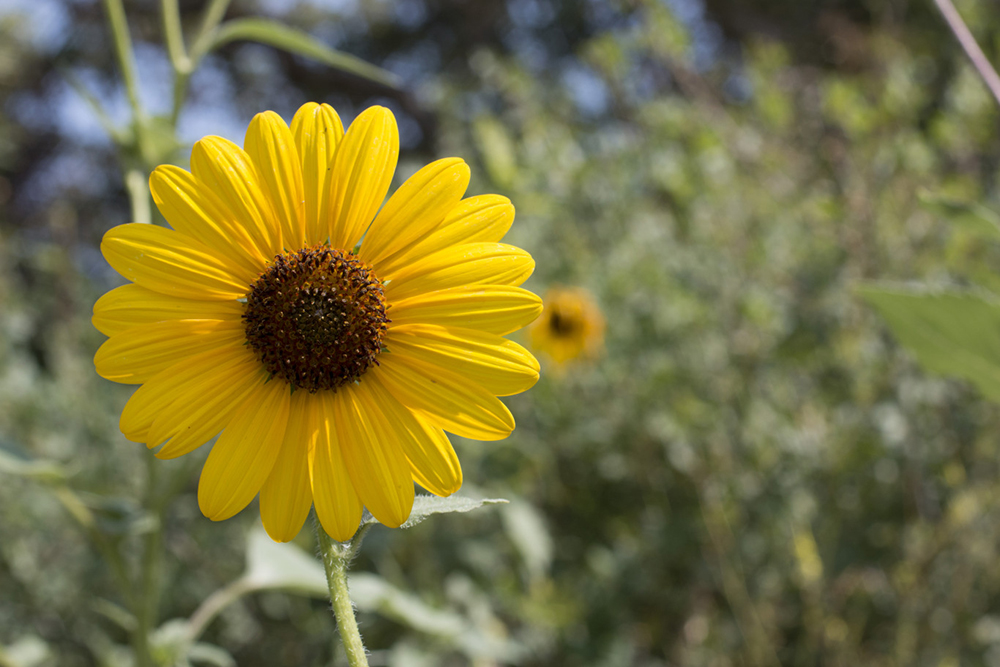Campus vignette: Take an expert-guided nature walk along the Bonneville Shoreline Trail

Chasing wildflower blooms up the mountain is sort of like scavenger hunt. How flora of the Wasatch interacts with slope, aspect, and elevation (the heartiest wildflowers thrive at 12,000 feet) creates different displays at different times. This time of year, you can often find the state flower, the sego lily, in bloom, along with other wildflowers like lupines, Zion sweet peas, and bluebells.
BST: From ice age lake to preservation project
The path of the Bonneville Shoreline Trail stretches about 280 miles from the Idaho border to Nephi, Utah. The route attempts to follow the Bonneville bench formed by an ancient lake.
Lake Bonneville was a 20,000-square-foot, 1,000-foot deep lake that crossed eastern Nevada, southern Idaho, and a good portion of Utah during the Pleistocene Epoch — the last glacial period. A small residual of the ice age lake, the largest of its kind in western North America, became the Great Salt Lake when water levels fell catastrophically during the Lake Bonneville flood.
Fast forward about 14,000 years.
Conception for the Bonneville Shoreline Trail began in 1990 as a response to wear-and-tear caused by motor vehicle use. The Bonneville Shoreline Trail Committee was formed to govern the trail, which includes a 17.5-mile section of pedestrian- and bike-only trail in Salt Lake City that was officially completed in 1999.
May through mid-July is generally considered the best time to see the show, and the Bonneville Shoreline Trail (BST) is a popular spot for viewing the greening and flower-dotted foothills.
If you’d like to learn more about the botany, entomology, and wildlife along the BST,
consider joining experts from the Natural History Museum of Utah for a guided nature walk. The next two nature walks will be Wednesday, June 4, 2025, from 5:30 p.m. to 6:30 p.m., and Wednesday, June 18, 2025, from 11:00 a.m. to noon, starting at the museum.
Please note:
- Though nature walks are free, museum admission is not included (remember that full-time U staff get in free)
- Entry is first come, first served, capped at 20 participants
- Everyone must sign a risk and liability waiver, preferably in advance though printed copies will be available on-site
 |
|
The common sunflower can be seen in the mountains, along foothill trails, and even in populated, urban areas. (Photo courtesy of the Natural History Museum of Utah) |
Node 4
Our monthly newsletter includes news from UIT and other campus/ University of Utah Health IT organizations, features about UIT employees, IT governance news, and various announcements and updates.
